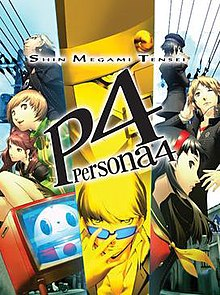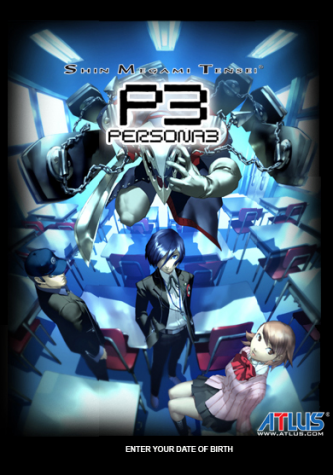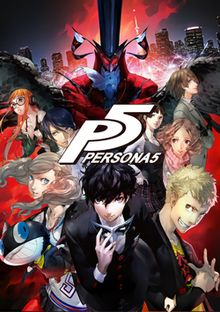A Retrospective On The Persona Franchise

January 22, 2020
Have you ever wanted to live a life as someone else or at least a simulation of different life, then why not try out a Persona? The Persona franchise began as a Spin off to the Shin Megami Tensei franchise which is a video game franchise based on series of novels revolving around digital monsters. The Persona games Are Japanese role-playing games (JRPG) that revolve around the struggles and lives of high school students.
“Persona games are about the unreal and the very real. They are a riot of colour, imagination, humor and humanity,” Danny Wadeson of Kotaku.com, said.
The first game in the Persona series was Revelations Persona released in 1996 for the PlayStation 1, in 2009 a remake called Shin Megami Tensei: Persona was released for the PSP. Persona 2 Innocent Sin was released in 1999 for the PlayStation and received a remake for the PSP in 2011. Persona 2 is also the only game in the series to have a direct sequel called Persona 2 Eternal Punishment released in 2000 for the PlayStation. The First two games in the series were directed by Kouji Okada and Shoji Meguro who was also a music composer for the games.
In 2006 Persona 3 was released for the PlayStation 2 and it also revolutionized the series, In addition to the game being a JRPG, the developers also introduced tons of simulation aspects to the game, to truly make players feel like they’re living the life of a Japanese high school student. Not only do you have to explore the seemingly endless dungeon of Tartarus, but you have to balance that with studying and spending time with your friends. When making new friends and spending time with them it activates social links which allow the player to create stronger Persona’s to use in battle. It is also important to note that one can lose friends if they don’t say the right things. Persona 3 is the first game in the series to be directed by Katsura Hashino while Shoji Meguro was only a composer this time around.

Persona 4 was released in 2008, while the game borrowed many assets from Persona 3 and had similar gameplay elements, the countryside setting made the game feel different from 3’s city scape. The dungeons featured in 4 revolved around the protagonist’s and certain aspects of their personalities unlike in 3 where the only dungeon to explore is Tartarus.
In 2017 Persona 5 was released and amazed the world with its stylishness, music and gameplay, 5 has also gone to be the best selling Atlus game of all time. Persona 5 received a lot of recognition during the 2017 Game awards as it was a game of the year contender alongside Zelda Breath of the Wild and Super Mario Odyssey. Not only did 5 have the social simulation elements that made 3 and 4 stand out but it also introduced many fun gameplay mechanics for exploring dungeons which made the game far more accessible to the average joe as opposed to those who are familiar with RPG styled games. Persona 5 also introduced many real-world locations where the player can perform activities to boost personality traits while the previous games took place in fictional towns and cities.

“I would recommend starting with Persona 3 FES. 1 and 2 are good (especially 2), but they haven’t aged particularly well” Kotaro of The Escapist Forum, said.
For those reading this article and think they want to try their hand at one of these games, a common consensus is to start with Persona 3 first and climb your way up to 4 and 5 and if you enjoyed your experience with those games then maybe play the first 2 however the first 2 also don’t have any social links and they are just straight forward JRPGs.

